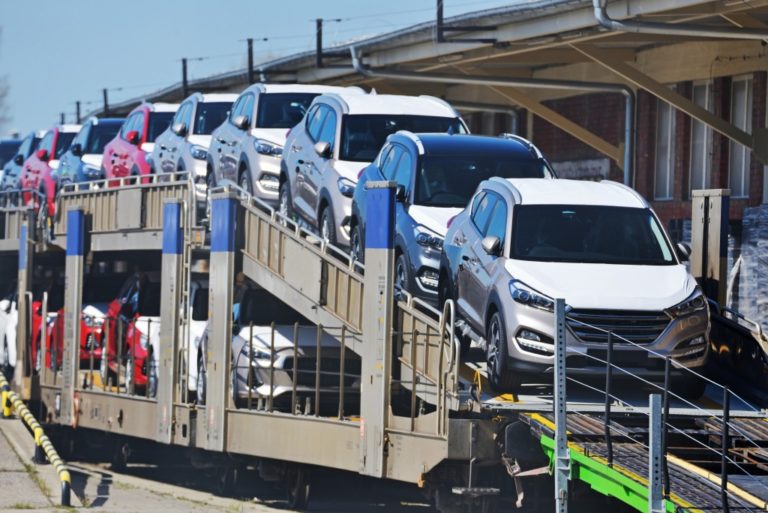There is a fine line between SUVs and CUVs. Both can be classified as semi-utilitarian vehicles but were built from different platforms. An SUV or sport utility vehicle was constructed from a truck or pickup chassis, while a CUV or crossover utility vehicle borrows the frame of a typical sedan.
Car manufacturers wanted to create a utility-like urban vehicle without the bulk. The automotive market thought that these were just rebadged cars, but they were proven wrong. Crossovers appeal to a different market: urbanites who want an SUV-styled vehicle that handles like a sedan.
If you’re one of those crossover aficionados, take note of these things to help you keep your CUV in excellent driving condition.
Give it a “bounce test”
Like its big brother, the SUV, crossovers also rely on their suspension systems to drive efficiently on different road conditions. Shock absorbers are critical because they help keep your CUV on the road. Try giving it a simple “bounce test.” This will allow you to see if your shock absorbers need replacement or repair.
You can do this on your own, but we recommend that someone help you to check the results. Put both hands on your vehicle’s fender and use your body weight while pushing down. Take off your hands from the bumper and take note of the result. If it bounces back to its original height, your suspension is working correctly.
However, if it bounces repeatedly, have a specialist check the shocks and torsion springs. Texas chassis specialists can give you an accurate analysis to resolve the suspension problems.

Go over the suspension’s other parts
Your crossover’s suspension has other vital components such as joints, rubber bushings, linkages, struts, and control arms. They need frequent inspections to ensure that these parts are still working correctly. Crawl under your vehicle to start examining these parts.
Any worn-out part should be replaced immediately. Loose bolts should be tightened and secured to avoid expensive repairs to the entire suspension system. If you think the issues are beyond your necessary repair skills, do not hesitate to bring your crossover to an automotive specialist for servicing.
Test drive your CUV and take note of its brakes’ behavior
Another method to pinpoint possible issues is to drive your crossover. Driving it around will show you problems such as a rough ride, uneven handling, and braking behavior. When stepping on the brakes, observe if your crossover tends to tip or nose dive. If it does, take note of it and bring it to a repair shop.
Your vehicle’s brakes will not work correctly if the suspension isn’t working correctly. Defensive driving means keeping your car in pristine condition to avoid any type of road mishap.
With all that said, crossovers were designed to be as tough as their inspiration, the SUV. They both rely on their robust suspension system to drive efficiently. Take good care of your CUV because it will take care of you and your loved ones while you’re on the road.



